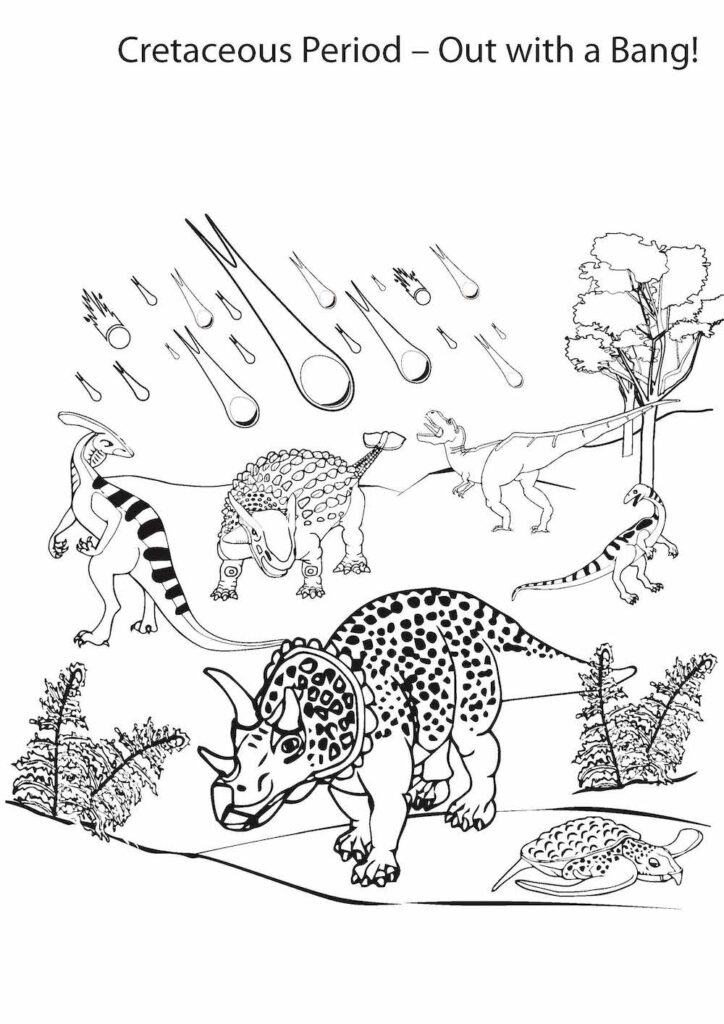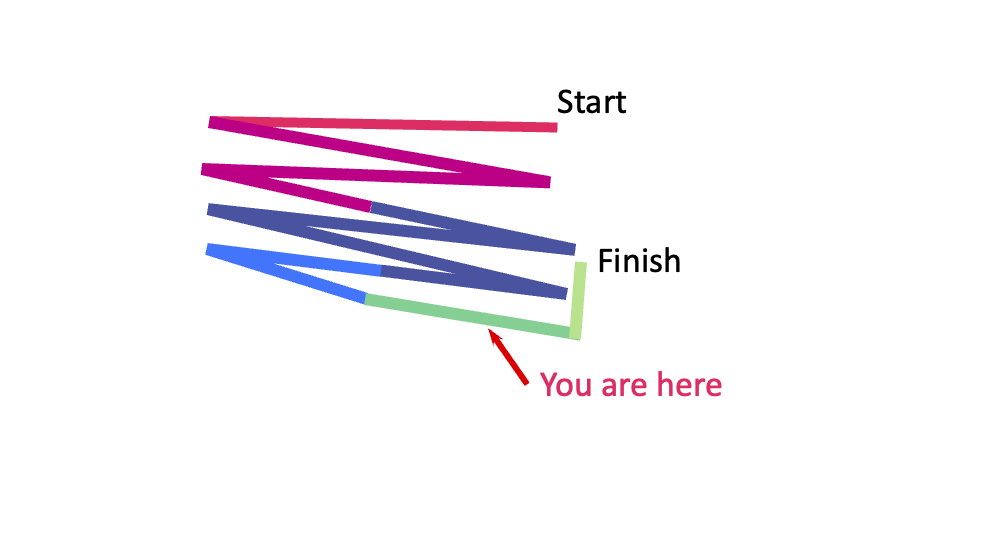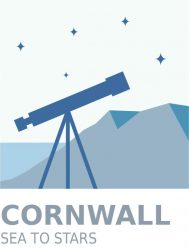Mesozoic Era 3: Cretaceous Period – Out with a Bang!
Key Events
- Dinosaurs continue to dominate.
- Flowering plants appear.
- New groups of mammals and birds evolve.
- The Cretaceous Period and Mesozoic Era end when an asteroid hits Earth at Chicxulub in Mexico.
- A fast-moving cloud of dust, soot from wildfire and other ejecta material spreadsaround the globe in 4-5 hours. The Earth becomes dark and cold for about a decade, with longer-term changes lasting much longer (decades, or even hundreds of years).

Facts, Debates & Trivia
- The Cretaceous Period is named after the Latin for chalk, creta.
- Cretaceous rocks can be found in many places of the world.
- The impact of a ~10 km diameter asteroid is thought to be responsible for the mass extinction, but volcanism may also play a part.
- The Chicxulub crater is 200 km wide.
- Other evidence for the impact includes a layer of the rare metal, Iridium, derived from vapourised material, that covers the entire globe.

Conditions
- The climate is warm.
- High sea levels create numerous shallow inland seas.

Timeline
201.3 – 145.0 million years ago
(56.3 million years)


Where have you reached on the trail?


